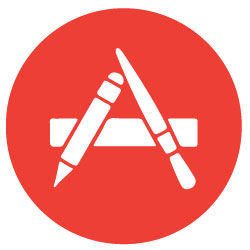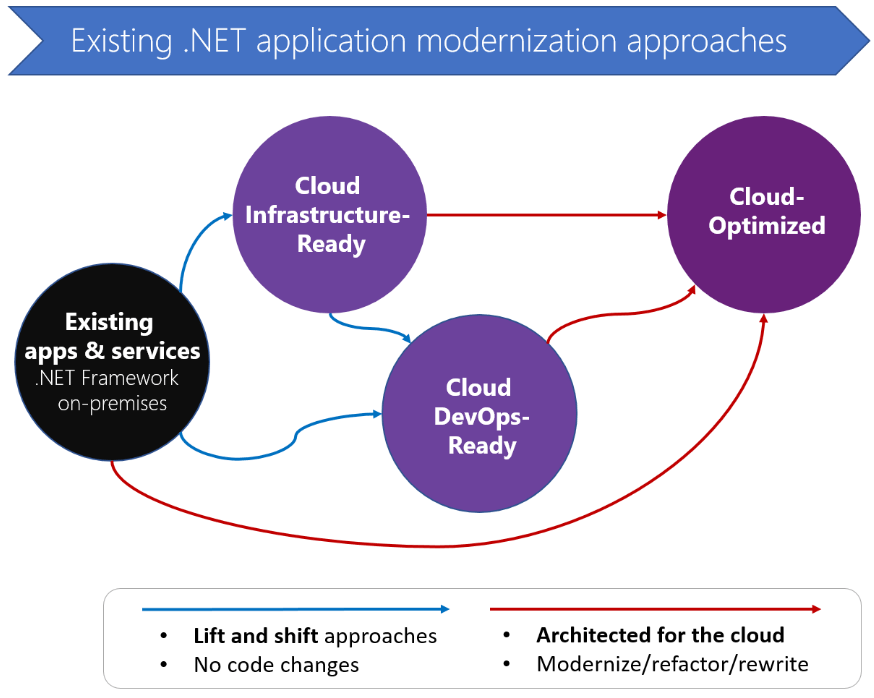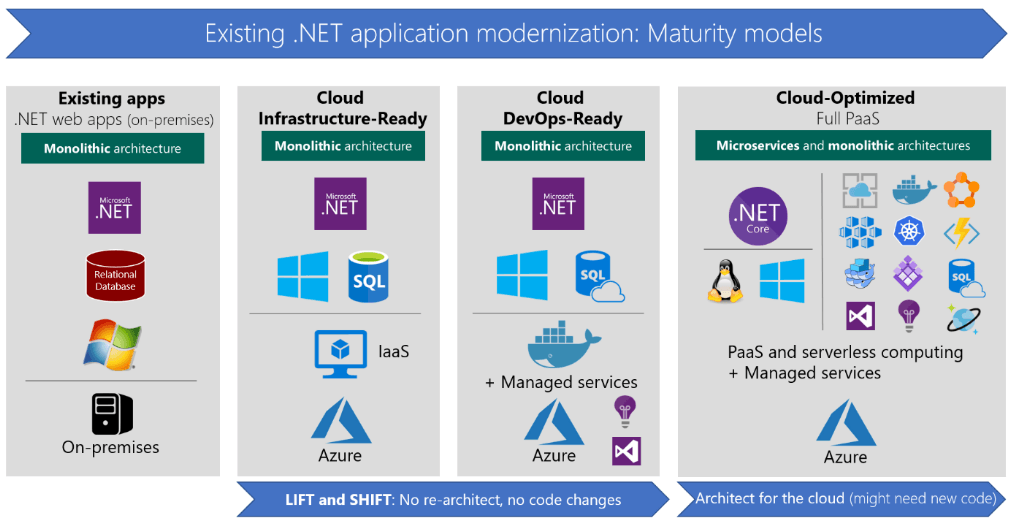 Gold Application Development
Gold Application Development
Gold Data Analytics
Gold Cloud Platform
Gold Cloud Productivity
Gold Enterprise Mobility Management
Silver Messaging
Silver Collaboration and Content
Silver Small and Midmarket Cloud Solutions
Certified Gold Partner for over 20 years

Application Modernization
The Challenges:
- I need to be able to modernize my applications individually because there is no one-size-fits-all solution.
- How do I move my applications to the Cloud?
- I want to receive the benefits of moving to a Cloud Provider, but I don’t want to re-architect some or all my applications.
- I don’t have (or want) the equipment to do this on-premises.
- My hardware warranties are running out soon and I’d like to determine how best to move my applications to the Cloud.
Do any of these statements sound familiar to you? Is application modernization something that you need to start considering sooner rather than later? If you answered yes, keep reading to familiarize yourself with your options and how we can help.
When it comes to application modernization, you don’t have to jump right to re-architecting your application. Re-architecting an application by using an advanced approach like microservices isn’t always an option because of cost and time restraints. Depending on the type of application, re-architecting an app also might not be necessary. To optimize the cost-effectiveness of your organization’s cloud migration strategy, it’s important to consider the needs of your business and requirements of your apps.
You’ll need to determine:
- Which apps require a transformation or re-architecting.
- Which apps need to be only partially modernized.
- Which apps you can “lift and shift” directly to the cloud.
Path to the cloud for existing .NET applications
There isn’t a single, one-size-fits-all strategy for migrating applications to the cloud. The right migration strategy for you will depend on your organization’s needs and priorities, and the kind of applications you are migrating. Not all applications warrant the investment of moving to a platform as a service (PaaS) model or developing a cloud-native application model. In many cases, you can take a phased or incremental approach to invest in moving your assets to the cloud, based on your business needs.
For modern applications with the best long-term agility and value for the organization, you might benefit from investing in cloud-optimized and cloud-native application architectures. However, for applications that are existing or legacy assets, the key is to spend minimal time and money (no re-architecting or code changes) while moving them to the cloud, to realize significant benefits.

Each migration approach has different benefits and reasons for using it. You can choose a single approach when you migrate apps to the cloud or choose certain components from multiple approaches. Individual applications aren’t limited to a single approach or maturity state. For instance, a common hybrid approach would have certain on-premises components plus other components in the cloud.
At the first two migration levels, you can just lift and shift your applications:
Level 1: Cloud Infrastructure-Ready: In this migration approach, you simply rehost or move your current on-premises applications to an infrastructure as a service (IaaS) platform. Your apps have almost the same composition as before, but now you deploy them to VMs in the cloud.
Level 2: Cloud DevOps-Ready: At this level, after an initial lift and shift, and still without re-architecting or altering code, you can gain even more benefits from running your app in the cloud. You improve the agility of your applications to ship faster by refining your enterprise development operations (DevOps) processes. You achieve this by using a technology like Windows Containers, which is based on Docker Engine. Containers remove the friction that’s caused by application dependencies when you deploy in multiple stages. Containers also use additional cloud-managed services related to data, monitoring, and continuous integration/continuous deployment (CI/CD) pipelines.
The third level of maturity is the ultimate goal in the cloud, but it’s optional for many apps and not the main focus of this guide:
Level 3: Cloud-Optimized: This migration approach typically is driven by business need and targets modernizing your mission-critical applications. At this level, you use PaaS services to move your apps to PaaS computing platforms. You implement cloud-native applications and microservices architecture to evolve applications with long-term agility, and to scale to new limits. This type of modernization usually requires architecting specifically for the cloud. New code often must be written, especially when you move to cloud-native application and microservice-based models. This approach can help you gain benefits that are difficult to achieve in your monolithic and on-premises application environment.
Key technologies and architectures by maturity level
.NET Framework applications initially started with the .NET Framework version 1.0, which was released in late 2001. Then, companies moved towards newer versions (such as 2.0, 3.5 and .NET 4.x). Most of those applications ran on Windows Server and Internet Information Server (IIS), and used a relational database, like SQL Server, Oracle, MySQL, or any other RDBMS.
Most existing .NET applications might nowadays be based on .NET Framework 4.x, or even on .NET Framework 3.5, and use web frameworks like ASP.NET MVC, ASP.NET Web Forms, ASP.NET Web API, Windows Communication Foundation (WCF), ASP.NET SignalR, and ASP.NET Web Pages. These established .NET Framework technologies depend on Windows. That dependency is important to consider if you are simply migrating legacy apps and you want to make minimal changes to your application infrastructure.

How can B2B help?
At B2B Technologies, we can
- Review your current Architecture and determine what Application Modernization options are available to you.
- Create Application Modernization plans for each of your applications.
- Implement Application Modernization plans for each of your applications.
- Fill any gaps in your team throughout the Application Modernization process.
